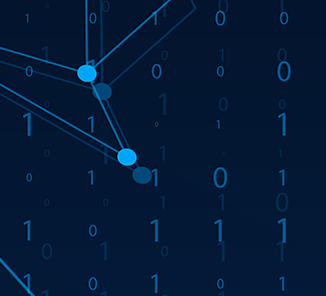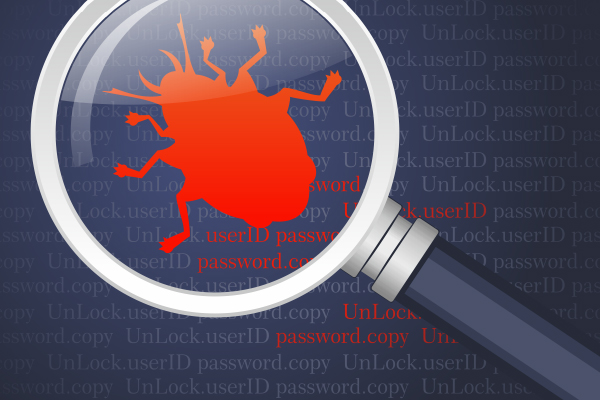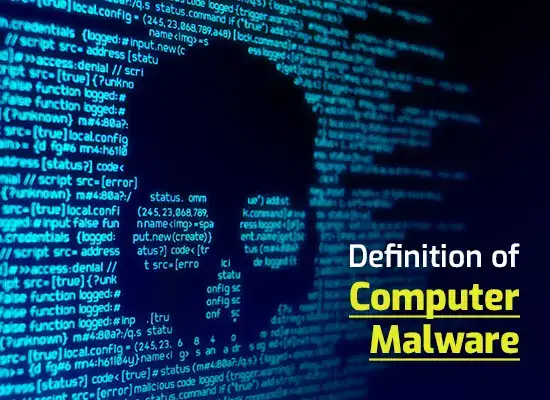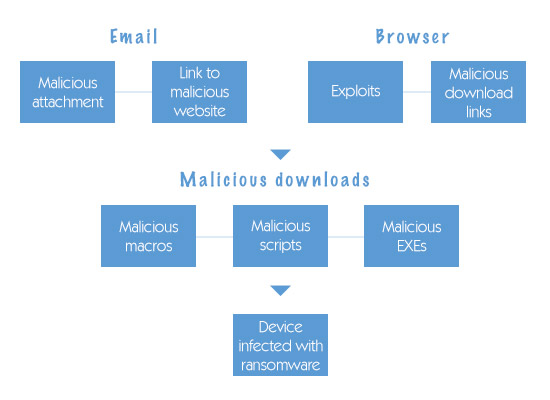What you need to know about cyber ransomware removal
Updated on October 21, 2022, by Xcitium

It is fairly easy to remove cyber ransomware. You do, however, have to be prepared to deal with the damage it can cause. This means that you need to manage your IT systems with ransomware attacks very much in mind. You should be looking to prevent as many as you can and deal with any which do occur as quickly as possible. You should also be taking steps to ensure that your data is protected from even the worst cyber ransomware. Here is what you need to know.
All forms of cyber ransomware can be removed in much the same way
Although there are different forms of cyber ransomware, they can generally be removed in much the same way. Most of the time, you can figure out what type of ransomware it is during the removal process.
Step one is to see if you can install a reputable anti-malware program and have it scan your computer. If you can, then you have either scareware or encryption ransomware. Scareware, as its name suggests, is pure trickery. Encryption ransomware genuinely does encrypt your data to try to force you to pay to restore access to it.
If this doesn’t work, then you probably have lockware. Lockware causes your computer to freeze to stop you using it until you pay the ransom. Fortunately, this lock is generally easy to remove.
Try booting into safe mode (with networking in Windows) and seeing if this allows you to install an anti-malware program. If it doesn’t then you’ll need to boot into safe mode (with command prompt in Windows) and restore to a previous time point. This should get rid of the infection, but it’s still advisable to install an anti-malware program and have it scan your computer just in case.
Dealing with the damage caused by cyber ransomware
Your next step is to see if removing the source of the infection also deals with any apparent damage to or issues with your system. If the ransomware referenced anything other than encrypted files, then the chances are that everything will be back to normal. If the ransomware referenced encrypted files then it may or may not be back to normal.
To find out which it is, scan your files and look at the file extension and/or the time of the last change and supplement this with ad hoc manual checks as ransomware is now being designed to work slowly, specifically to make it harder to find and rectify changes. If your checks show that everything is fine, then you had scareware. This means that you can breathe a sigh of relief and move on. If they don’t then the only guaranteed solution is to restore from a data backup.
If you don’t have a data backup then you can try finding a decryption tool. This, however, is more of a challenge than it might sound. Not only do you have to hope that there is a tool that works for the specific form of malware used in the attack, but you have to find it without falling victim to malware posing as decryption tools! Your only other options are to pay the ransom (and hope that it works) or accept the loss of your data.
Protecting yourself from cyber ransomware attacks
Ransomware is so lucrative that attacks are frequent. This means that you need to work on the assumption that some of it is going to get past your defenses, no matter how good they are. This means that your first priority should be to secure your sensitive data from theft and your second priority should be to ensure that you retain access to it.
Protecting your sensitive data means storing it encrypted in all your systems (production, backup, and staging if you have one). Keeping access to your data means having an off-site backup which is both physically and logically separate from your main system.
It’s fine to use automated backups to transfer data between your main production system and your local backup, but your off-site backup should be carefully managed to ensure that only healthy files are transferred into it. Ideally, you should keep backups from different time points. This will give you extra protection against ransomware which is designed to lie dormant for a while and/or work slowly to increase the chance that it will infiltrate your off-site backup.
In addition to this, you should do everything possible to stop cyber ransomware from getting into your system in the first place. For practical purposes, this means practicing good IT hygiene (like operating system updates) and supplementing it with a robust anti-malware solution from a reputable cybersecurity company.
Please click here now to start your free 30-day trial of Xcitium AEP.
Related Sources:




